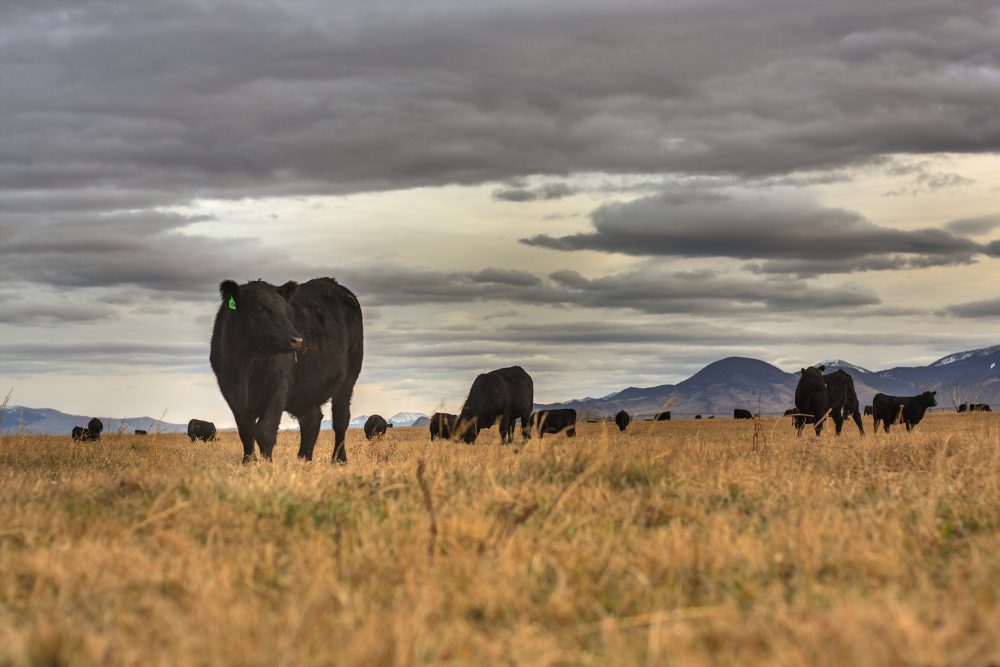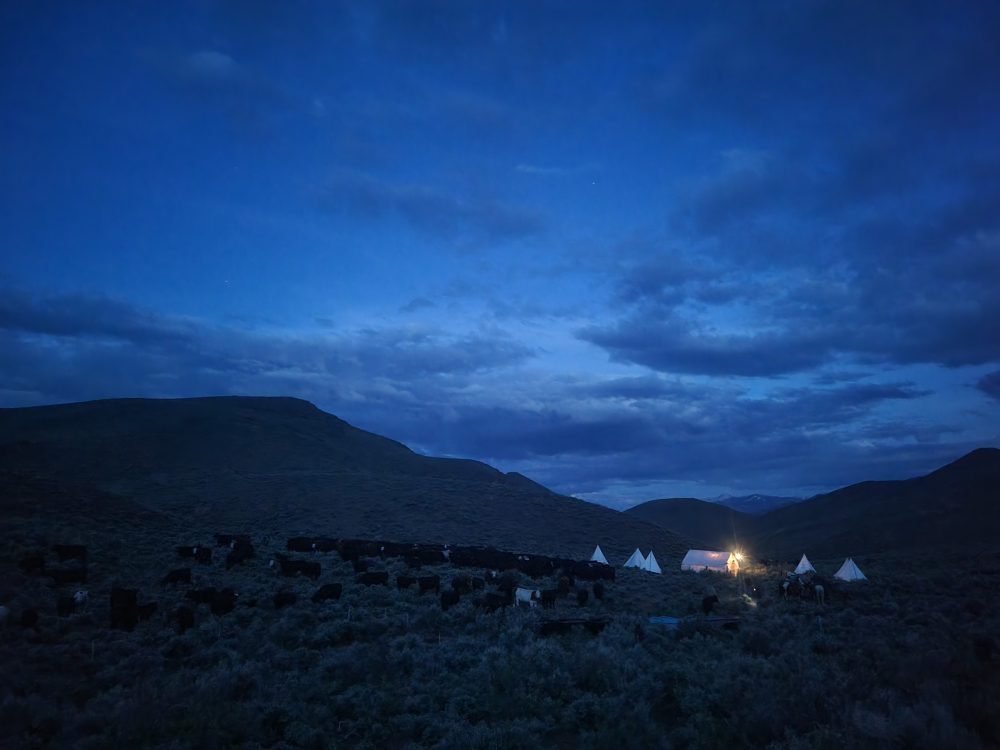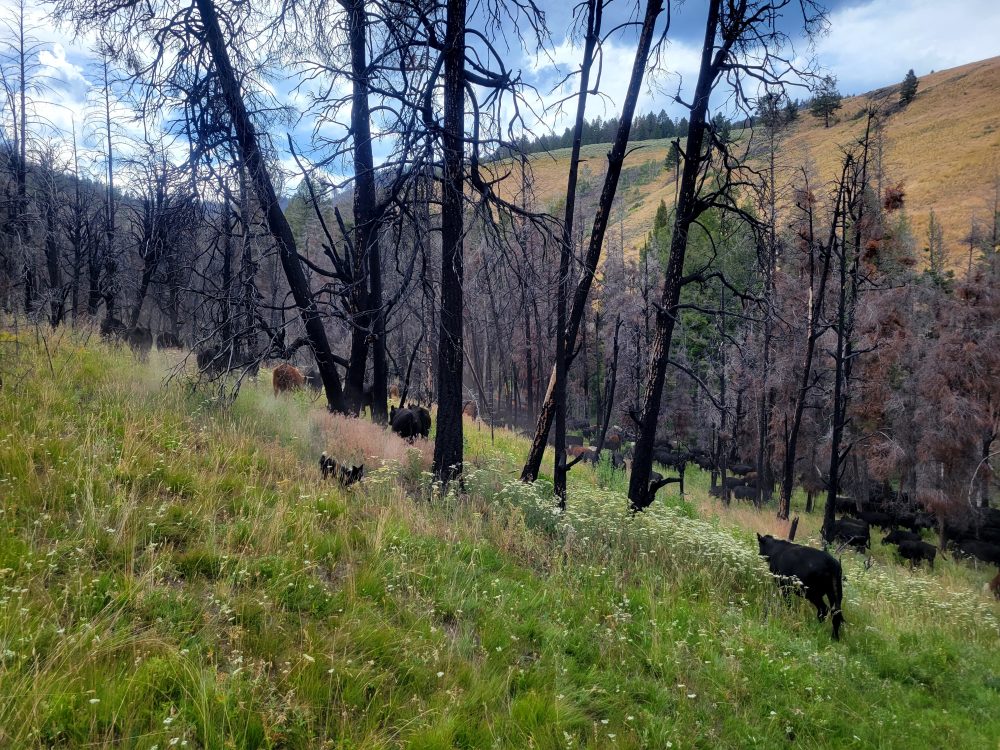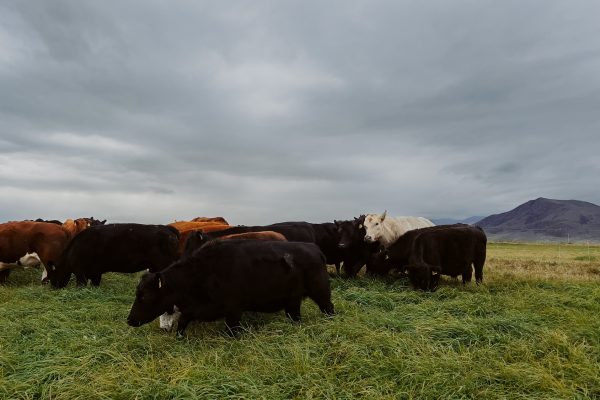 Caryl and I drove to Montana last week and noted that big tractors and other farm implements have commenced to turn over some farmed ground up there. We passed truckloads of chemical fertilizer headed up to some of the remotest ranches in Montana along the way. These chemical haulers are becoming fairly ubiquitous in some areas of our western wild landscape. Ranch operations that have been sustainably grass and soil based forever are following the chemical Pied Piper. Because petroleum is cheaper this year, fertilizer is too. And during the high grain price period a few years ago, many operations plowed their pastures and grew grain.
Caryl and I drove to Montana last week and noted that big tractors and other farm implements have commenced to turn over some farmed ground up there. We passed truckloads of chemical fertilizer headed up to some of the remotest ranches in Montana along the way. These chemical haulers are becoming fairly ubiquitous in some areas of our western wild landscape. Ranch operations that have been sustainably grass and soil based forever are following the chemical Pied Piper. Because petroleum is cheaper this year, fertilizer is too. And during the high grain price period a few years ago, many operations plowed their pastures and grew grain.Over the last 20 years, we’ve taken over many pastures and hay fields that had been fertilized and managed conventionally and converted them to organic. The first year yields were always quite low, but by the 4th year, our fields were often yielding only 30% less than conventional, without the cost of all the inputs. And the quality of the hay was better- less stemmy and lignified- and the cattle seemed to eat it better. With time, the soil changed as well. The longer the soil was free from commercial fertilizer, the more and more earthworms we would see, and improvements in soil structure and water holding capacity.
As I watch the big fertilizer semis, I mourned for the soil, and the rancher who starts using these chemicals in a system that was once a low cost and sustainable operation of grass, cattle, soil, and sunshine. Once a producer starts using fertilizers and chemicals in his agricultural system, it’s pretty hard to quit. The time it takes for the soil to recover and the accompanying reduced crop yields during the transition back to sustainability are difficult for an operation to absorb financially. It’s a catch-22, because in the end they find that they have lost not only their inherent soil productivity but also their economic profitability as fertilizer and other input prices rarely trend downward.
I’m thankful that the place we now ranch on has not been subjected to fertilizer, and although the soils were low productivity when we arrived from mining hay crop after hay crop off of it, they are improving under our animal agriculture and intensive pasture management. Our yields keep trending up.
The increases have been worth waiting for, both in plant and beef production and nutrient density. The latter is the best part. I believe we can taste the increased soil nutrient density in our beef, and I have observed that our beef is better tasting than ever.







Leave a Reply